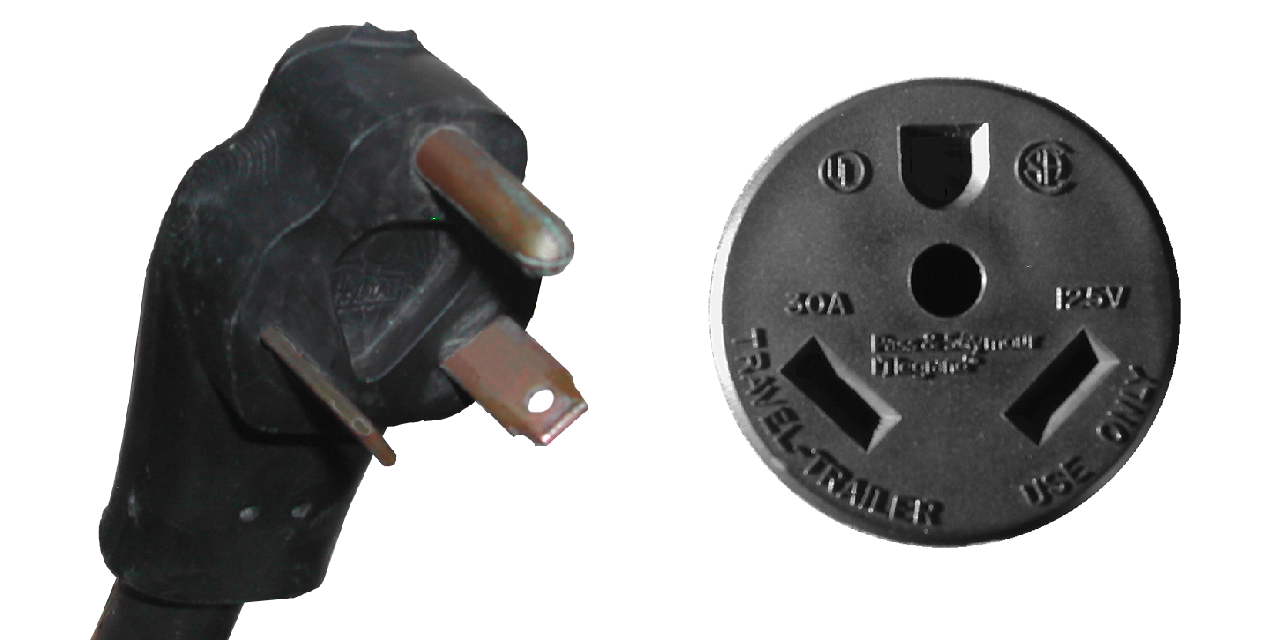(Continued from Electrics (Part I))
The next step was the batteries. Of course, the bus already had two big batteries wired up to start the bus, so you might ask why we’d need other batteries. The answer is that there are two types of batteries that you’d find in an RV (or maybe even your car), and they each do different jobs.
The batteries already in the bus, and the ones in regular cars, are primarily meant to start the car and store up excess power from the alternator. That is, they are meant to have a high/hard draw of electricity in relatively short bursts. Often these will have ratings of ‘cranking’ amps or ‘cold cranking’ amps to show how much ‘power’ they have compared to other such batteries. Bigger batteries have more ‘cranking’ amps, meaning that they can provide more power to the starter. The bus’ two batteries have a total of 1880 ‘cranking’ amps and 1500 ‘cold cranking amps’. (For a comparison, my pick-up truck has 825 ‘cranking’ amps and 690 ‘cold cranking’ amps.)
The type of batteries that I added were ‘deep cycle’ batteries, which are meant to be slowly discharged of more power than the regular auto batteries are. Thee are rated in ‘amp hours’ which tell you how long they will hold up giving power dependent on how much draw you put on them.
You might be wondering how you would know if you have a battery with enough ‘amp hours’ for your system. There are a number of different on-line calculators (here’s one from http://www.batterysizingcalculator.com/ ) to make sure you get what you need. Many RV systems are set up for only 20-24 hours of battery usage, assuming that you’ll be running your generator, plugging into shore power, or be using your vehicle’s alternator to recharge your batteries by then so you don’t overdraw your system. A system that draws 30-40% of your battery’s ‘amp hours’ in 24 hours will totally drain your batteries in three days of use! (A great resource on understanding all this is in “RV ELECTRICAL SYSTEMS-A Basic Guide to Troubleshooting, Repair and Improvement” by Bill and Jan Moeller, 1994, Ragged Mountain Press, Camden, ME which is a little outdated on some of the appliances available but the theories and math are really sound.)
Anyhow, I worked out our system for four days of off-grid usage, estimating for a bunch of appliances and hour-usages, and came up with about 480 amp-hours at 12 volts that we needed. There are a number of ways to get that. Some people use a number of smaller voltage batteries (6 volt golf cart batteries are favorites) that can be wired in series to give the 12 volt systems, or several 12 volt batteries wired parallel to give the amp-hours needed, or combinations of series and parallel connections of lower voltage batteries to give the right voltage/amp-hour combinations. The trick in all these is to use the same type/capacity batteries throughout the system, or the batteries could be damaged through uneven power draw or charging.
Another consideration was which type of battery to choose. Most car batteries are flooded or wet-cell, which can be ‘sealed’/’maintenance free’ or ‘serviceable’; the ‘serviceable’ ones being the ones you have to top up with distilled water and have to be sure to give adequate venting to let off the (potentially explosive) hydrogen gas and the sulfuric fumes that can come from charging, while the ‘sealed’ ones have the ‘eye’ that give you a color if everything’s okay, but can still vent gasses while charging. These have to be mounted upright (or they could spill), and need to be mounted outside of the ‘liviing’ area of the vehicle (or be really well vented in a non-reactive compartment).
Additionally, there are AGM (Absorbed Glass Matt) and Gel-Cell are different in that the electrolyte isn’t simply in a liquid, but rather in a gel held between the plates in the battery, with the Gel-Cell actually being more of a rigid gel with a higher silica content. These can be mounted in any direction and only off gas is badly overcharged (or with the wrong charger in the case of Gel-Cells), so these can be mounted in a passenger compartment without special ventilation. The AGMs are considered one of the best at holding charges, and the Gel-Cells are considered very deep cycle (with a very slow recharge time) and have better durability in hot weather. (Nice info summary and more info here at http://www.batterystuff.com.)
I ended up going with two Lifeline GPL-8DL batteries, each 12 volts with 255 amp-hours, so that when run in parallel we would end up with 510 amp-hours. These are, however, pretty sizable batteries, each weighing 162 lbs, and being 20″ x 11″ x 9 3/4″ in size. As big as this is, though, the two of them fit just fine under the rear-facing bench seat behind the captain’s chair, which serves to keep the length of 2-0 line running from them to the convertor (and later to the inverter and solar controller) to a minimum.
To be safe, I wanted to put a fuse in the system, and found a 500 amp surge/125 amp continuous fuse, with a little 15 amp bypass fuse that would keep small systems running after the big fuse burned out. In addition, the big fuse could be unscrewed to limit the danger to the batteries themselves. When you are working with so many amps, even at a seemingly harmless 12 volts, it can be dangerous.
Now, I needed to put in some appliances! (Or at least one …)
Continued in Electrics (Part III)















